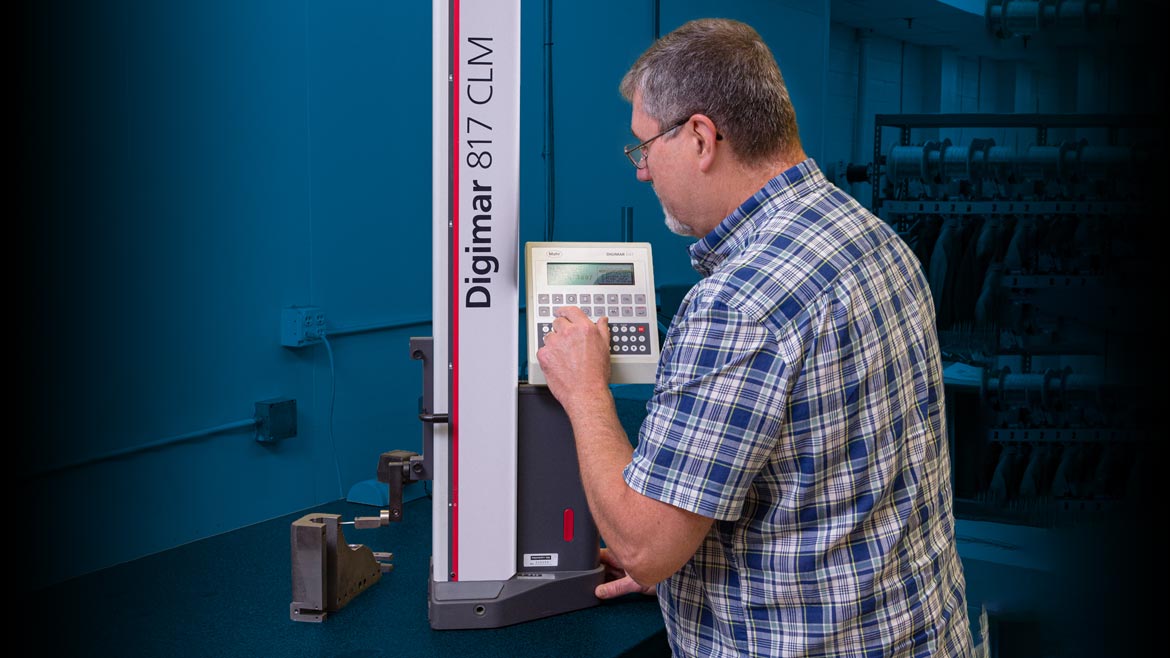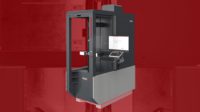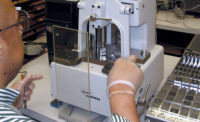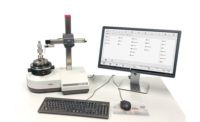The art of precision measurement is essentially all about the data that is obtained in the process and the value that it brings to a manufacturing operation. It is about making decisions based on high quality data. Calibration is performed to help ensure that data is as accurate as possible by confirming the quality of measurements. It is usually done by comparing the measurement obtained by a specific instrument with a known measurement (the standard). This process is critically important as it enables manufacturers to have confidence in the measurement results that are recorded, and most importantly, the decisions that are made based on the resulting data.
However, a measurement instrument’s accuracy may ‘drift’ over time due to numerous factors such as normal wear and tear, vibrations, dynamics of the manufacturing environment, improper use and more. This gradual shift in the instrument’s measured values can cause errors, resulting in quality issues and potentially even safety hazards. Therefore, calibrations should be performed throughout a precision measurement instrument’s lifetime to ensure accurate, reliable, and repeatable measurements. In fact, standards such as ISO 9000 and ISO 17025 call for a formal, periodic, and documented calibration of measuring instruments.
Commonly Used Calibration Approaches
In addition to simply checking an instrument’s accuracy, a complete calibration service should also include repair of the device if it is out of calibration, as well as routine maintenance to ensure it continues to perform well over time. There are three typical paths manufacturers take regarding calibration, and each has its tradeoffs. To illustrate the type of service provided, a sophisticated machine that tests roundness will be used as an example, but the same concepts apply across a wide range of precision measuring tools.
General Purpose Independent Calibration Companies
In nearly every industrial area of the country, there are likely to be several organizations that provide calibration services that are independent of a specific precision measurement manufacturer. The calibration technicians are often located nearby and will come to the manufacturer’s location to perform routine calibrations, often at a very attractive price point.
This type of cost effective service is often very good for checking basic measuring instruments. However, this type of service is often limited in what can be done for more complex systems and machines.
For example, to calibrate the machine that tests roundness, a “very round” master ball would be placed on the machine and if it measures as “very round,” the calibration service is considered complete. While this may satisfy the idea of a minimum calibration requirement at a low cost, it fails to really look at all the variables that go into making accurate measurements with a system like this. It also adds risk in terms of producing inaccurate measurements down the line, getting poor data, and ultimately producing bad quality parts because the machine isn’t as well calibrated as it could be. This option may also not provide the complete maintenance service needed to keep that machine running at its peak performance, which can lead to added costs over time. It is similar to getting routine oil changes over the lifetime of an automobile.
OEM Calibration Services
A more complete service would also involve preventative maintenance such as cleaning, lubricating, replacing wear parts, etc. Many original equipment manufacturers, or OEMs, of precision measurement equipment have qualified field technicians with in-depth knowledge of the company’s tools, ranging from a sophisticated form tester to a digital micrometer and beyond. Most OEMs offer services in which these qualified experts will go to the manufacturer’s site and perform calibration and service on any machines required.
In the roundness testing example, the OEM’s field technician will begin by testing all the various functionalities of that machine such as the straightness of every axis, roundness of the rotating axis, etc. Next, they will perform an internal cleaning of the machine, lubrications where needed, change any parts that are showing wear and tear, tighten up any loose belts, etc.
This meets the calibration requirement while also ensuring that machine will have continuously high performance over time, a longer life, increased measurement accuracy, and more. In the automotive analogy, this service level is like getting routine oil changes plus preventative maintenance and repairs from a certified dealer.
Doing Nothing
To cut costs in the short term, some companies choose not to engage with a calibration service at all. Without calibration and preventative maintenance, the machine is at high risk of producing inaccurate measurement data; the issue may not be readily apparent as it will appear to work fine (note the drift example above). Furthermore, this increases the probability that over time the machine may break down entirely, which can create a very urgent and expensive problem. It’s like never having either an oil change or preventative maintenance performed on a car and yet being surprised when this leads to a breakdown.
To ensure the best dimensional measurements from surface plate work, height gages require proper calibration to meet factory specifications.

Images Source: Mahr
The Difference Between A Certified Vs. Accredited Provider
Another key consideration in selecting a calibration service is the provider’s certification or accreditation status. The difference between the two can be illustrated through a high-level comparison of ISO 9000 and ISO 17025.
Obtaining ISO 9000 certification generally involves a third-party assessment of a documented plan for quality. The auditor is primarily concerned with confirming the plan addresses all the requirements in the standard, but not necessarily whether the organization has the best plan possible, nor does it provide a quantitative measure of the results. The auditor may make some change recommendations, but in general, their job is to confirm that the organization has a documented quality management plan.
To achieve accreditation, on the other hand, the provider must not only be able to deliver a documented quality plan that addresses all of the requirements, but also calculations supporting the uncertainty of its calibrations. This is in the realm of ISO 17025, the primary standard for testing and calibration laboratories. It shares many common elements with ISO 9000, but ISO 17025 further evaluates the technical competence of the service for organizations that produce calibration results. An accredited organization can provide a “scope of accreditation” which shows the uncertainty of each type of calibration service. This allows you to compare various providers numerically and see if the uncertainty is acceptable for your use.
ISO 17025 accreditation can only be awarded by an authorized accreditation body. Third-party audits are conducted by subject matter experts and required on a regular basis to maintain accreditation. An organization that receives ISO 17025 accreditation has proven that it meets the standard’s management and technical requirements and is deemed technically competent to produce calibration results.
When searching for optimal calibration suppliers, manufacturers should not only seek a partner that is accredited, but they should also look at what is included in the actual accreditation to determine how good of a job the calibration provider can do for the specific company and its precision measurement products.
Where The Rubber Meets The Road
Manufacturers buy precision measurement equipment because they need to measure something to obtain data about a critical process. The true value lies in the decisions being made with the resulting measurement data.
For example, companies in the medical, airline, automotive and other mission-critical industries take the calibration process very seriously. In any one of these industries, if a bad part is made as a result of inaccurate measurement data, lives can literally be at stake. Outside of this however, any manufacturer that wants to ensure the highest accuracy, best performance, and longest life from its precision measurement investments should choose the most qualified calibration provider. This will ultimately reduce both costs and risks in the long run.
For example, a customer in the applied sciences industry discovered the company had made a bad product because its precision measurement machine had not been properly calibrated. The product was not functioning up to its specifications, and it took the company quite a bit of time, trouble and engineering work to figure out the cause—because all the data they had indicated everything was on target. Once calibration was determined to be the root cause, the company had to do months of rework to ensure all of its machines were properly calibrated and producing accurate results. It cost the company enormous additional resources and delayed time to market.
Conclusion
Precision measurement equipment is ultimately an investment in ensuring an organization’s quality and its reputation. Proper calibration is an essential ingredient.
There are many calibration service options available but to ensure that precision measurement tools are providing the most accurate data while certifying the best performance and longest life, make the investment upfront to choose the highest quality option. It will ultimately save a lot of time, stress and money in the long run.



